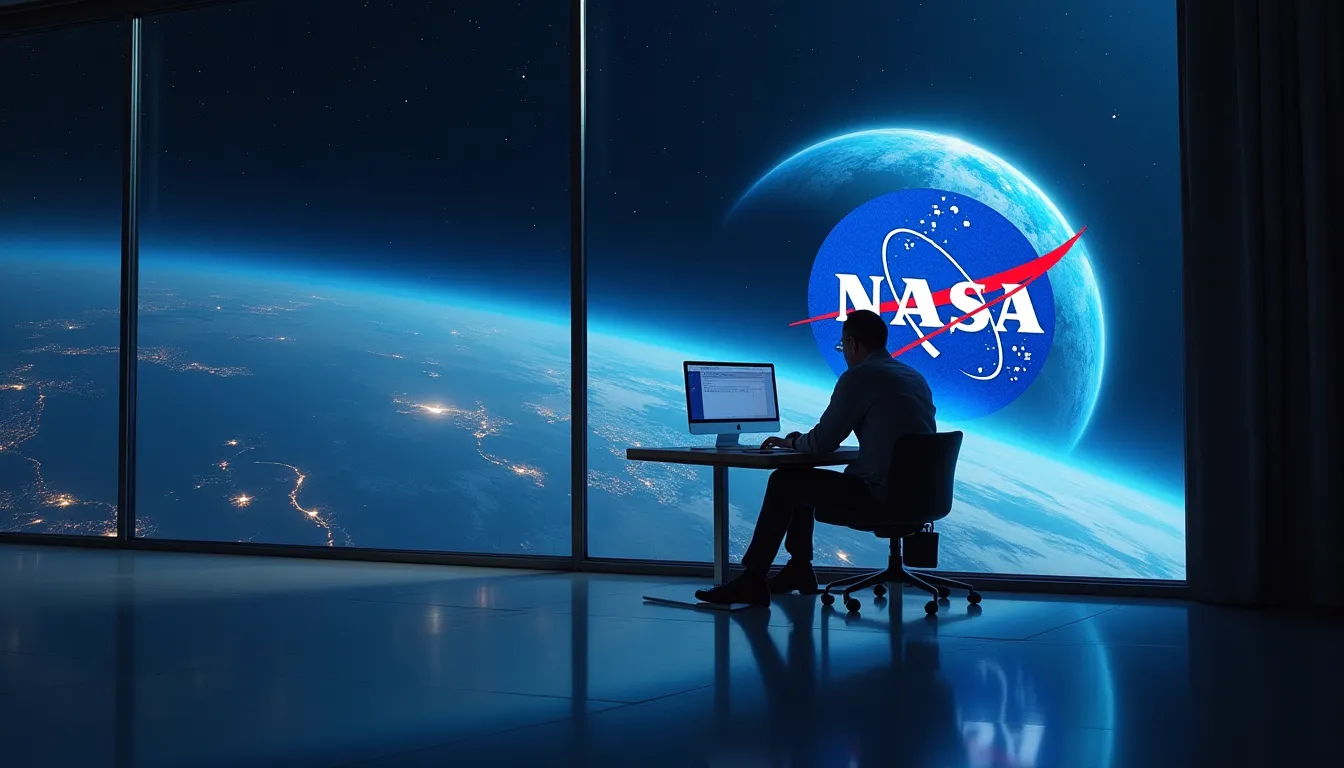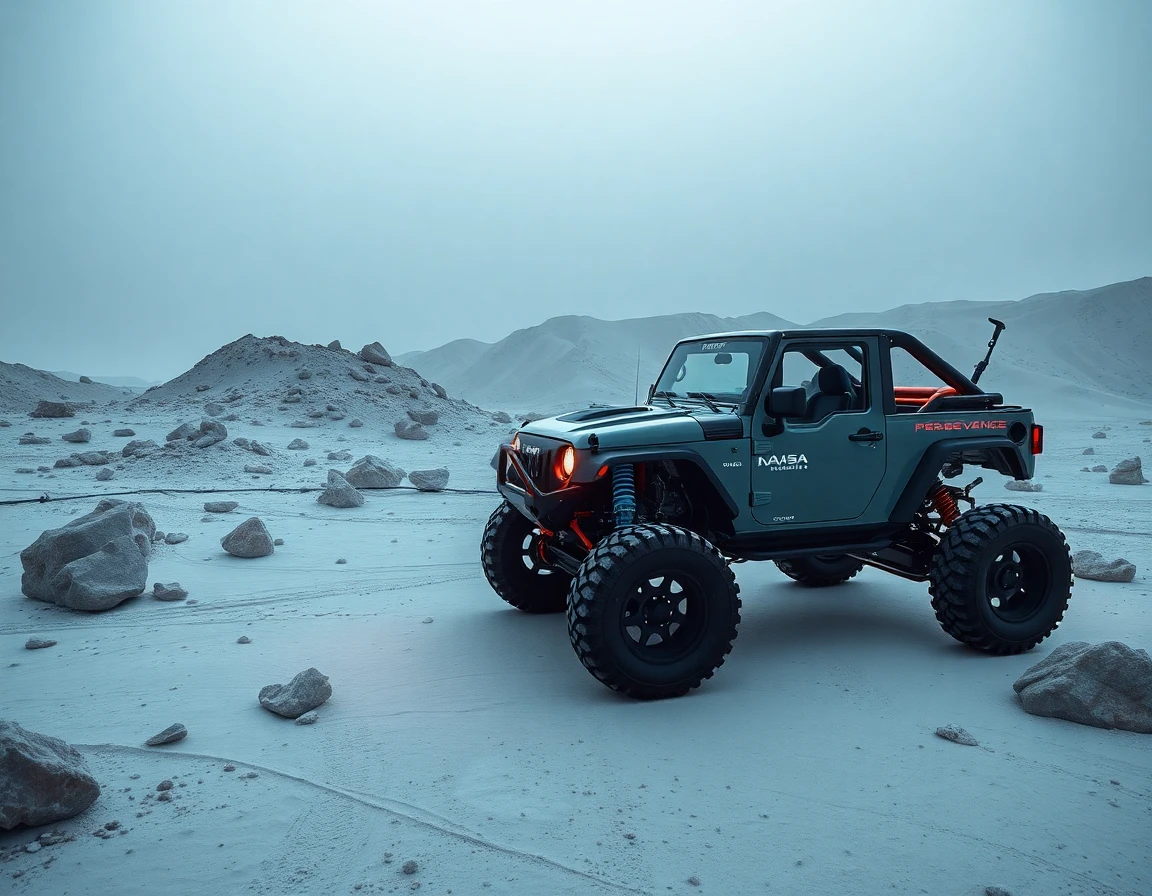In a series of pivotal announcements, NASA has unveiled significant advancements in space exploration, emphasizing its commitment to understanding space weather, training the next generation of astronauts, and addressing challenges in lunar exploration. These updates come amid heightened public interest in space activities, fueled by technological innovations and international collaboration.
Launch of Three New Space Weather Missions
On September 23, 2025, NASA will launch three groundbreaking space weather missions aboard a SpaceX Falcon 9 rocket. These missions aim to deepen our understanding of space weather phenomena and their implications for both terrestrial and extraterrestrial technologies.
- Interstellar Mapping and Acceleration Probe (IMAP): This mission is designed to map particles originating from the Sun and interstellar space. By enhancing our understanding of the heliosphere—the vast region of space influenced by the solar wind—IMAP will provide critical data on how solar activity affects space weather.
- Carruthers Geocorona Observatory: This observatory will focus on studying Earth’s geocorona, the diffuse cloud of hydrogen atoms surrounding our planet. By investigating this region, scientists hope to obtain insights into the interaction between solar emissions and Earth’s atmosphere.
- NOAA’s Space Weather Follow On - Lagrange 1 (SWFO-L1): Positioned at Lagrange Point 1, this mission will monitor solar wind and other space weather events that can disrupt technological infrastructure on Earth. Enhanced forecasting capabilities from SWFO-L1 are expected to be crucial for safeguarding satellites and power grids from geomagnetic storms.
These missions not only represent a leap forward in space weather forecasting but also highlight the importance of advanced sensors and navigation systems, such as the High-Precision Advanced Navigation System, which are vital for real-time data gathering and analysis in demanding space environments.
NASA’s 2025 Astronaut Candidate Class
In a move that promises to invigorate future space missions, NASA introduced its 24th astronaut candidate class on September 22, 2025, selecting ten individuals from a competitive pool of over 8,000 applicants. This diverse group, comprising five men and five women, will undergo rigorous training at the Johnson Space Center in Houston, Texas.
These candidates are expected to play pivotal roles in upcoming Artemis missions, which aim to return humans to the Moon and lay the groundwork for future Mars expeditions. Although they are not slated for the Artemis 3 mission, their training will prepare them for subsequent missions that may include lunar landings and Martian exploration.
Training programs will incorporate advanced technologies, including precision accelerometers and advanced sensor modules, to ensure that candidates are adept at handling the sophisticated equipment necessary for deep-space missions.
Challenges Ahead: SpaceX Starship Human Landing System Delays
Despite these exciting developments, NASA faces significant challenges with the SpaceX Starship Human Landing System (HLS), which is intended to facilitate lunar landings as part of the Artemis program. The Aerospace Safety Advisory Panel has raised concerns regarding potential multi-year delays in the Starship HLS, which could adversely affect the timeline for returning humans to the Moon.
The safety panel’s warnings underscore the complexities involved in developing a vehicle capable of landing humans on the lunar surface safely. Such delays could hinder NASA’s ambitious plans, which rely heavily on timely technological advancements and rigorous safety protocols in aerospace engineering. As the agency navigates these challenges, it may need to explore alternative solutions or partnerships to maintain its momentum in lunar exploration.
Mars Exploration Updates: Continuing the Journey
NASA’s commitment to Mars exploration remains steadfast, with ongoing updates on its rover and orbiter missions. Current spacecraft, including the Perseverance rover and the Ingenuity helicopter, continue to provide valuable scientific data, revealing insights into the Martian environment and geology. The agency’s long-term vision includes establishing a human presence on Mars, a goal that necessitates advancements in life-support systems and habitat construction technologies.
Innovations in thermal battery systems and quartz MEMS gyroscopes are expected to play crucial roles in developing the necessary infrastructure for sustaining human life on the Red Planet. As NASA prepares for future missions, the integration of these technologies will be essential in overcoming the logistical challenges of interplanetary travel.
Conclusion
NASA’s recent announcements showcase a vibrant future for space exploration, filled with promising missions, new astronaut candidates, and innovative technologies. However, as the agency strides toward its ambitious goals, it must also address the challenges posed by potential delays in critical systems like the SpaceX Starship HLS. The integration of advanced technologies and a focus on safety will be paramount as NASA endeavors to push the boundaries of human exploration further into the solar system. The coming years will undoubtedly be pivotal as NASA continues its quest to explore the unknown, safeguarding our planet’s future in the process.
References
-
NASA Science News Conference on Three New Space … - YouTube (www.youtube.com) - 9/22/2025 Three new missions to track space weather are launching on a Falcon 9 rocket no earlier than Sept. 23: NASA’s Interstellar Mapping and …
-
NASA Prelaunch News Conference on Three New Space … - YouTube (www.youtube.com) - 9/22/2025 NASA Prelaunch News Conference on Three New Space Weather Missions (Sept. 21, 2025) · Comments.
-
NASA unveils 10 new astronauts for missions to the moon — and maybe Mars (www.space.com) - 9/22/2025 … NASA announced its 2025 Astronaut Candidate Class on Sept. 22, 2025. The 10 candidates, pictured here at NASA’s Johnson Space Center in …
-
A geologist, a former SpaceX launch director and a commercial astronaut; meet NASA’s 10 new astronaut candidates (spaceflightnow.com) - 9/22/2025 NASA’s 2025 Astronaut Candidate join together after being announced to the public on Sept. 22, 2025. From left to right, Erin Overcash, …
-
NASA Safety Panel Estimates Significant Delays for Starship HLS (spacepolicyonline.com) - 9/22/2025 NASA’s Aerospace Safety Advisory Panel is warning that SpaceX’s Starship Human Landing System (HLS) could be “years late” for the Artemis …
-
The Mars Report: September 2025 — Special Edition (science.nasa.gov) - 9/11/2025 The latest mission updates, spacecraft news, science findings, unique Mars imagery — and a vision for the humanity-defining possibilities …



